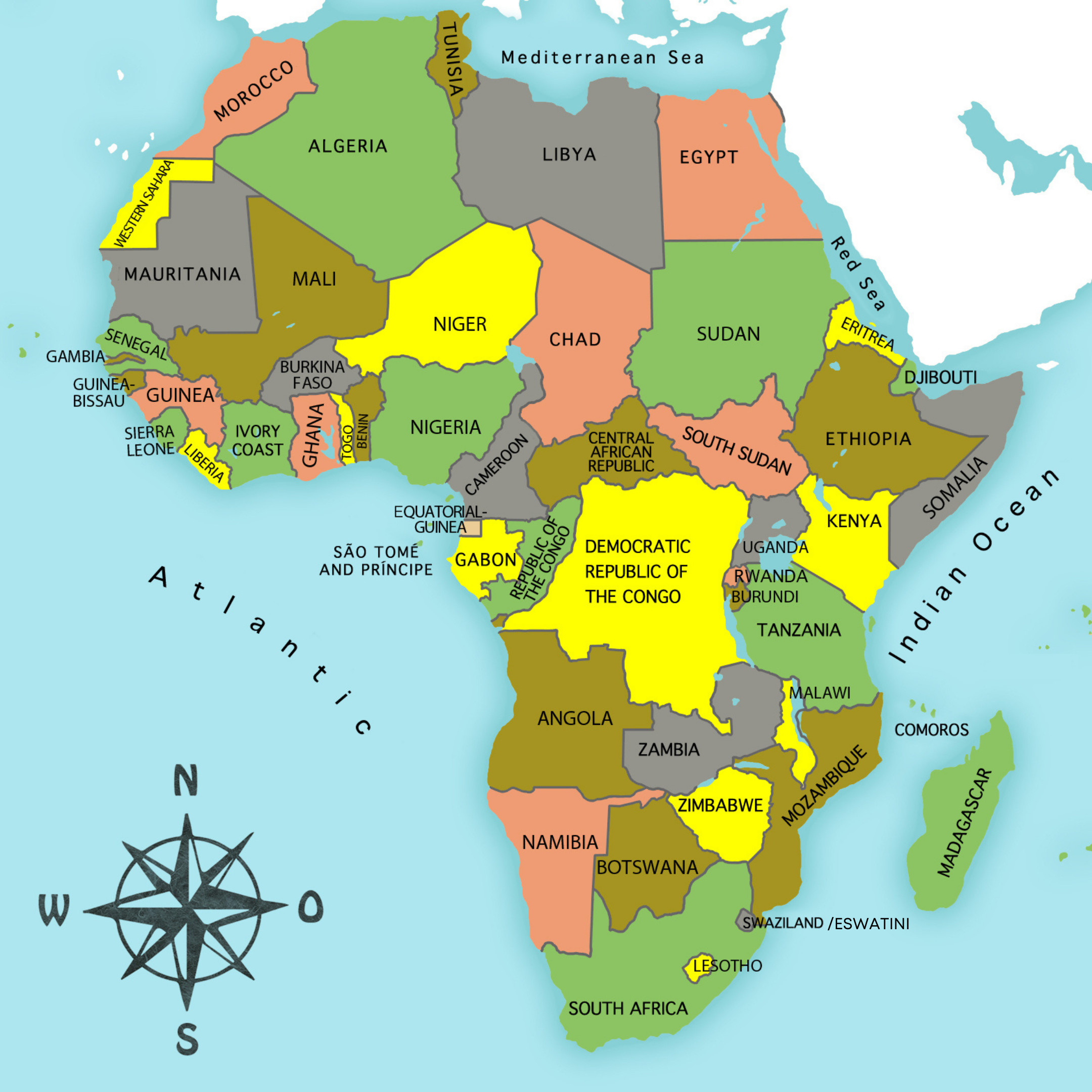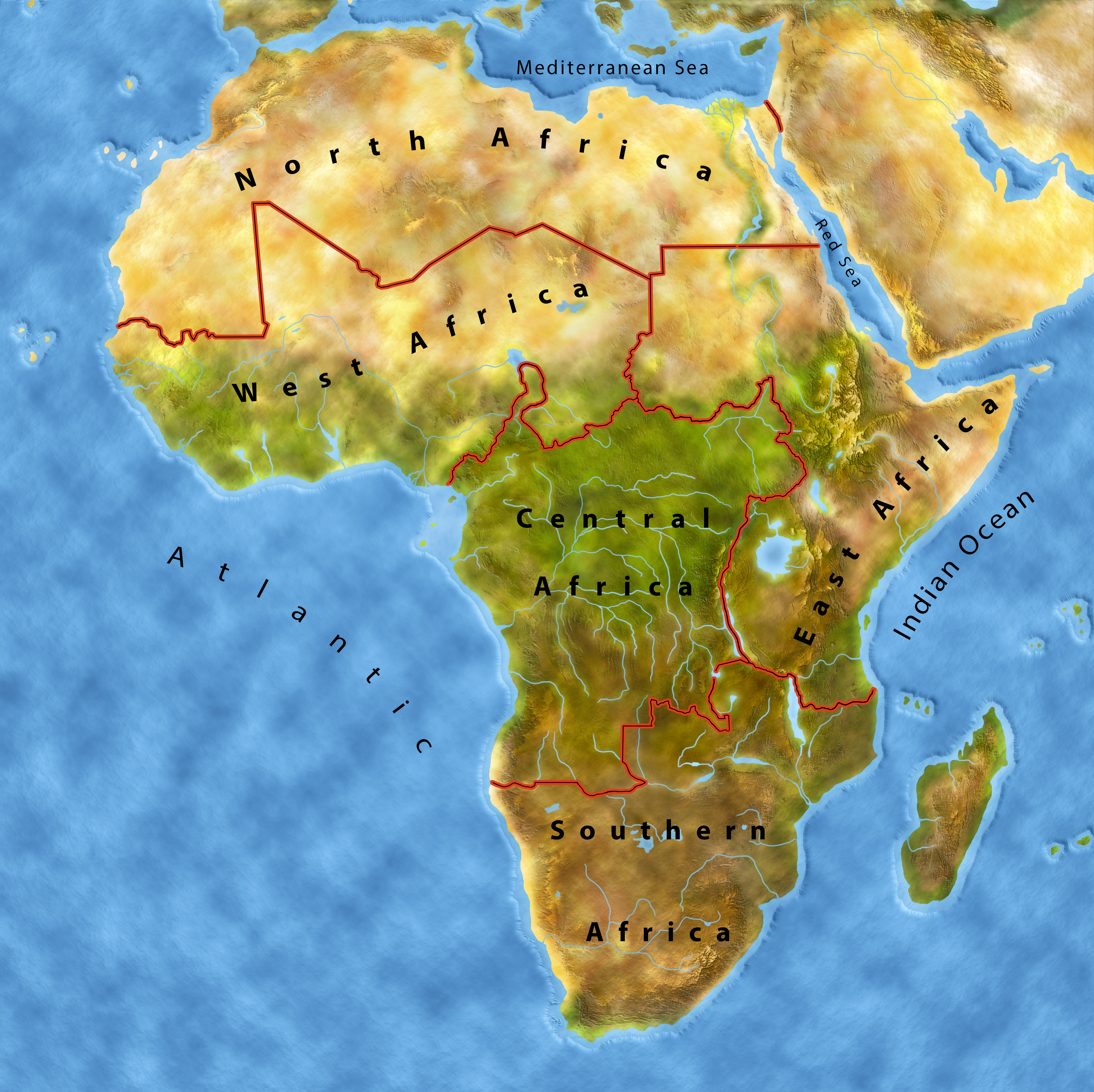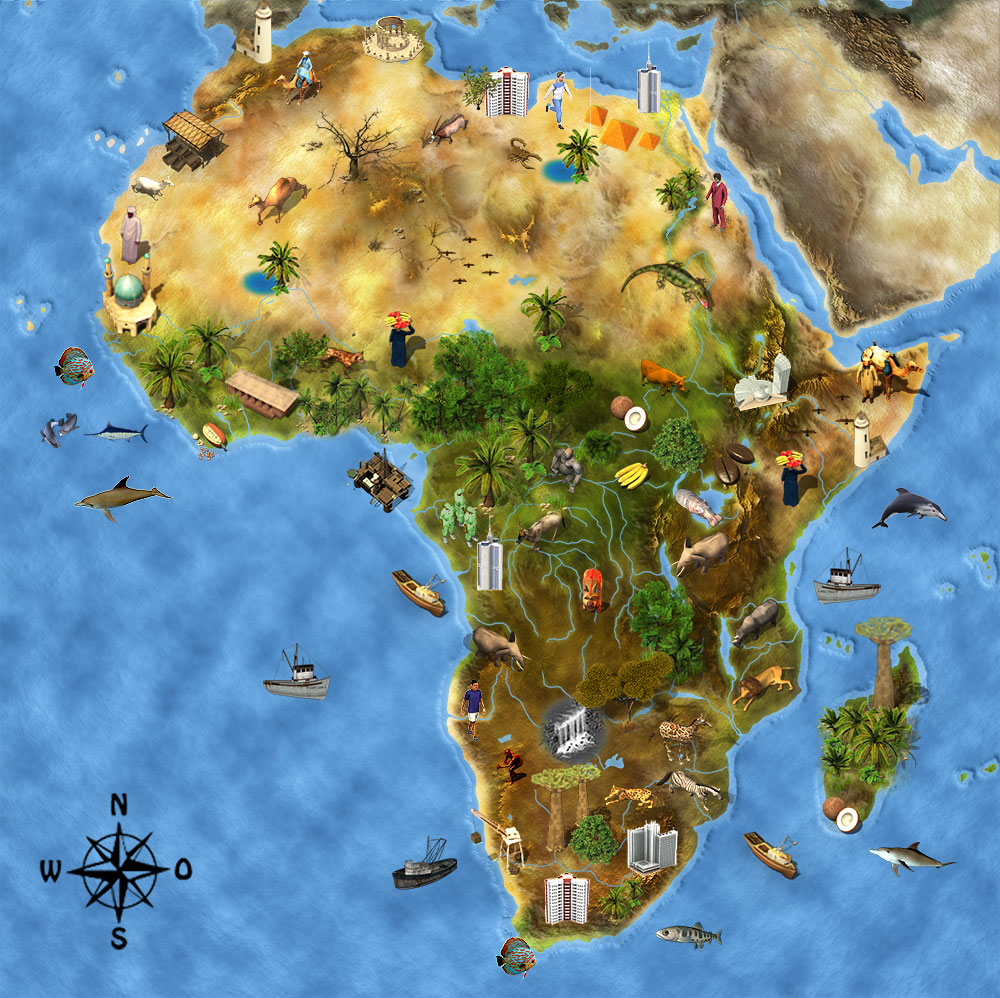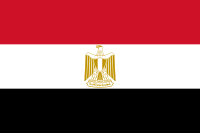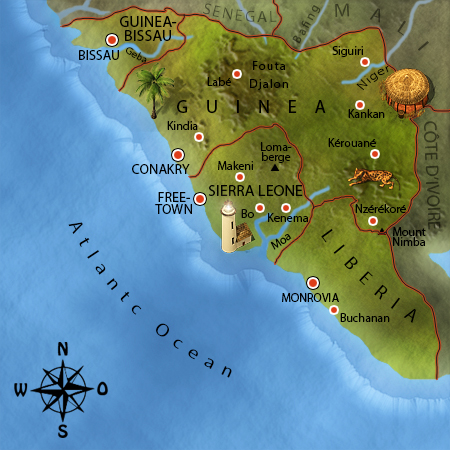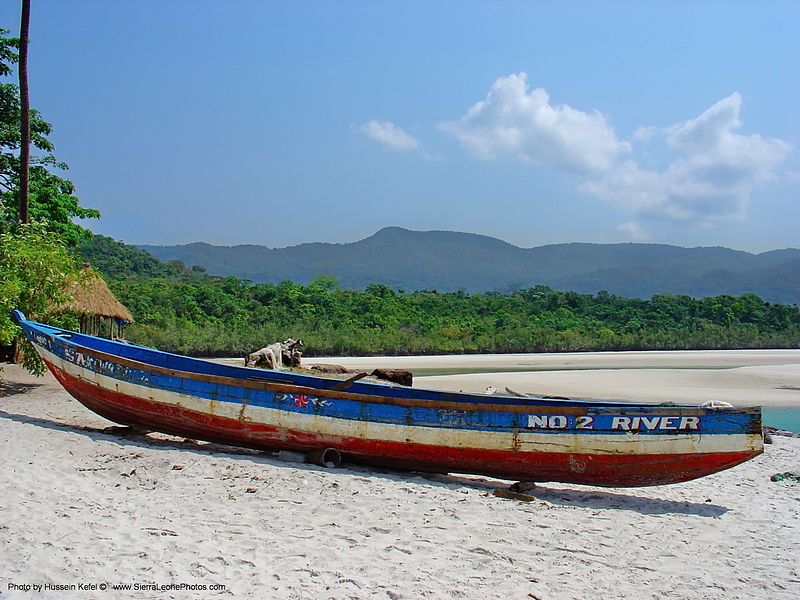Hello, kush (pronounce koo-sheh), welcome to Sierra Leone, the country with the famous Lion Mountains!
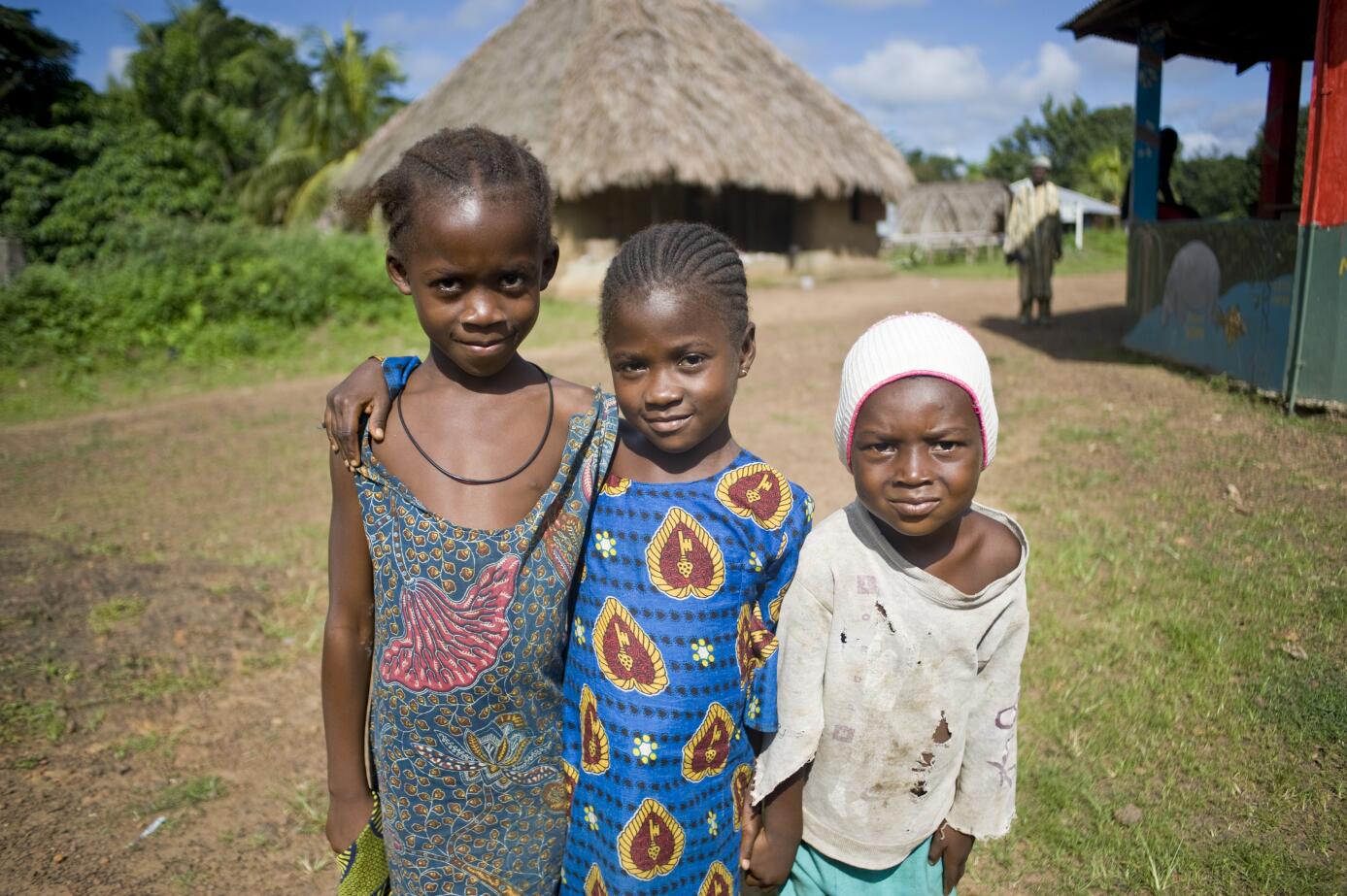
Location and Landscapes
Sierra Leone is on the west coast of Africa. It shares its northern border with the Republic of Guinea and its southeastern border with Liberia. To the south is the Atlantic Ocean. On the coast of the Atlantic there is a 100 km long plain. Behind that come the Guinea Highlands. This is where the largest river of West Africa has its source - the Niger. On the Freetown Peninsula lie the Sierra Lyoa Mountains, the Lion Mountains, from which the country gets its name.
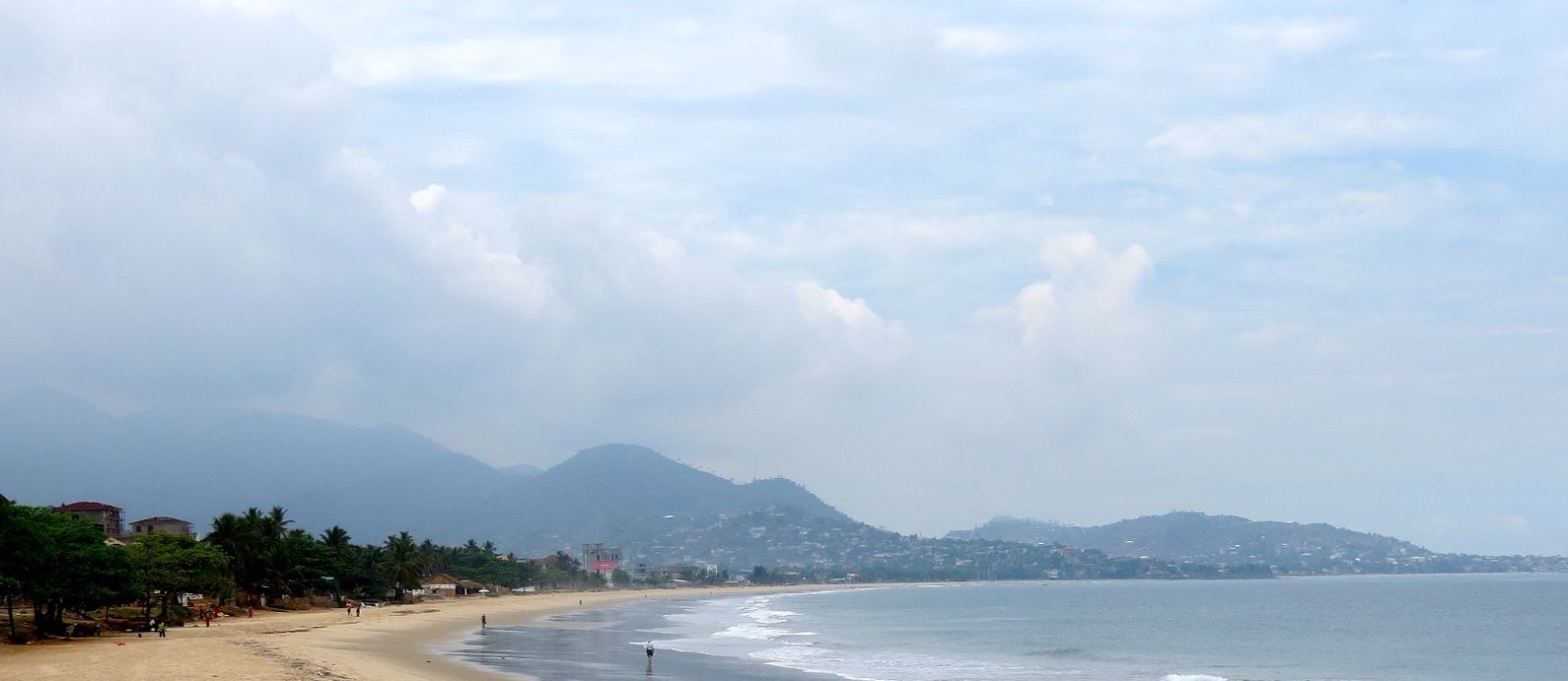
Sierra Leone is partly covered with rainforest. Much rainforest was destroyed to gain farmland. Today, attempts are being made to compensate for the loss of rainforest by establishing nature reserves and national parks.
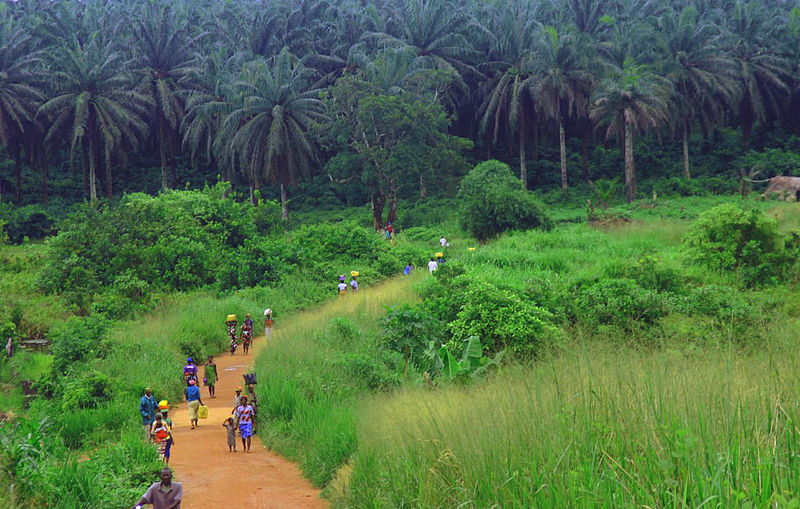
Climate: The climate is tropical and humid in Sierra Leone.The year can be divided into a dry and a rainy season. The rainy season begins in May with thunderstorms and rainfall. In October the dry season begins. From December until January the dusty Harmattan Wind from the Sahara blows across Sierra Leone. It gets really hot after that though, with temperatures between 35 and forty degrees Celsius.
Freetown – the “City of the Free”
Freetown is Sierra Leones largest city with 830 000 inhabitants. The city with a sea port is on the tip of the Freetown Peninsula on the Atlantic. Fine sand beaches line the coast. Densely wooded hills surround the historic city center. There is an international airport in Freetown. The public transportation is not very well developed though. Most people get around using scooters and group-taxis. One of the famous attractions of the city is the Cotton Tree, a huge “cotton tree” in the middle of the city center.
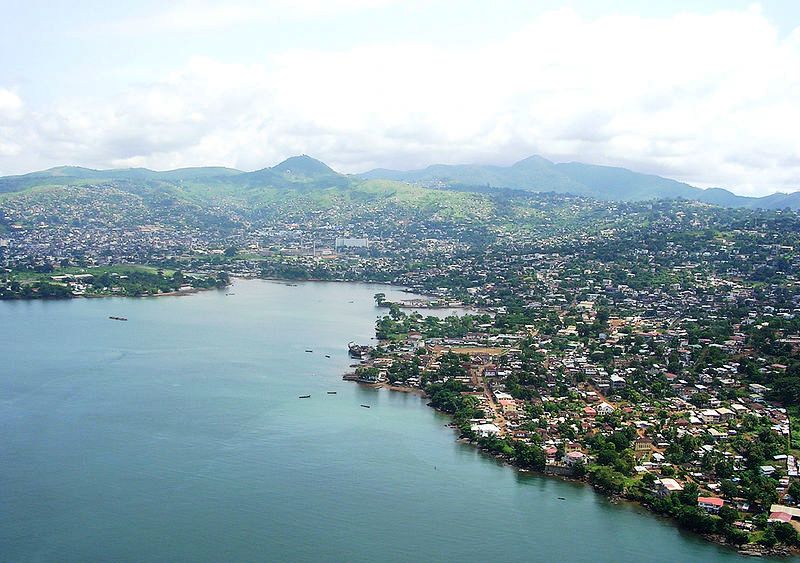
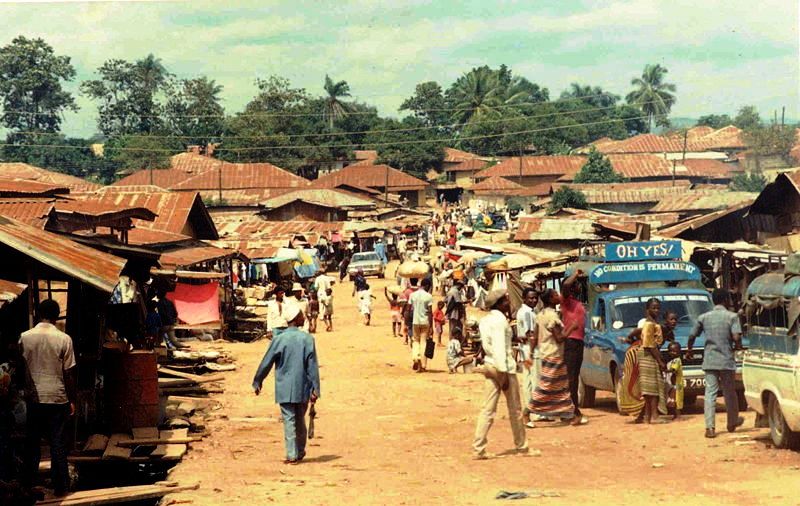
The Sierra Leone National Museum and the oldest university of West Africa are here as well. Freetown is also called the “Athens of West Africa” because of this university; it attracts many knowledge-hungry people from all over western Africa. The King Jimmy Market is worth a visit as well. It used to be a center for slave trade, today artists and craftsmen offer their works for sale.
Peoples and Languages
A colorful mix of peoples live in Sierra Leone. The largest groups are the Mende and the Tenne. Fula, Fulani and Kreol peoples live here as well. Many descendants of former slaves settled here after slavery was abolished.
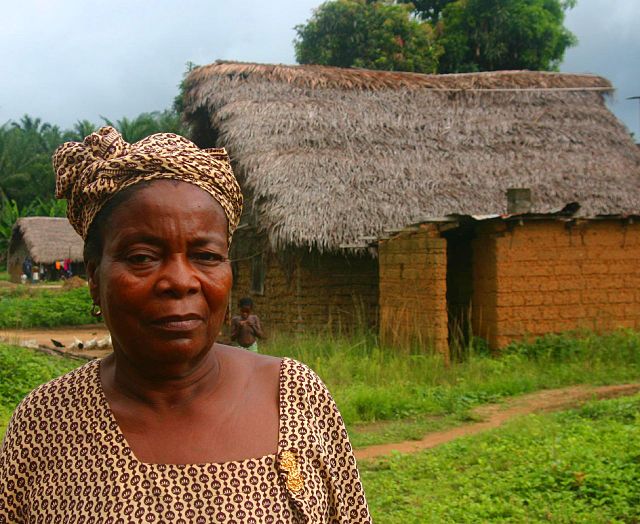
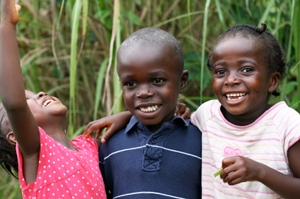
English is still the official language in this former British colony. Only few can speak English though. Most speak Krio, a mix of different African languages and English. The religions are quite diverse as well. Half of the population is Muslim. A small part is Christian and about a third believe in African religions. There are many secret societies that still practice old rituals and perform mask dances. Unfortunately, one of these old rituals includes female circumcision. Especially older members insist on this horrid procedure. But more and more youngsters are beginning to fight back.
Celebrations and Festivities
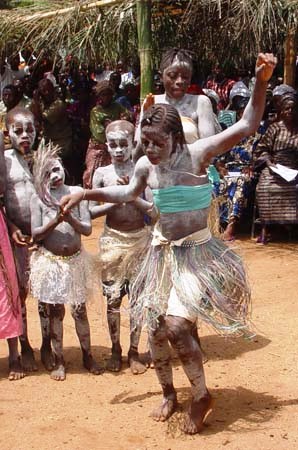
No celebration without the Dancing Devils: on Independence Day and on important Christian holidays, like Christmas and Easter, the “Devils” dance. The secret societies perform with impressive masks and roam through the city. In Freetown they are accompanied by musical groups with flutes and drums. Like at a Love Parade there are artfully decorated wagons with huge sound systems pumping the newest hits. After the wagons come carts with liquor and other drinks. The parades aren’t completely free though. Using wild gesticulations, the dancers prompt the audience to “give the Devil money”. It is a mix between a fair and a Love Parade.
Sights
Sierra Leone does not have many historical attractions. Therefore, the picturesque sand beaches and large national parks offer lots of variety. The Banana Islands just off the Freetown Peninsula are a perfect spot for diving. During vacation times the beaches are very full. The species-rich underwater world is a paradise for snorkelers. There is a chimp protective area in the hills outside of Freetown named Tacaguma. There is no better place to observe our relatives in the wild. In the Sakanbiarwa Nature Reserve you can experience an incredibly colorful sea of flowers. The orchids here flower in a way that can only be possible in a tropical climate.
Schools and Education
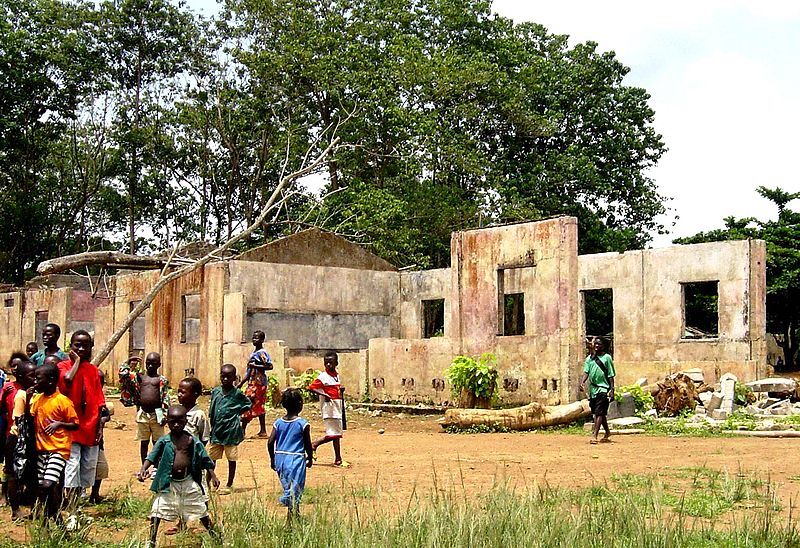 How can children attend school if so many of them have been destroyed? More than 1200 schools have been destroyed during the civil war. Only few children could visit school because of this. Even today only few schools have been rebuilt. There are not enough teachers and too little teaching material. The government wants to introduce compulsory school attendance but the means are still missing. This is why two thirds of all grown-ups are illiterate, most of them being women. They are forced to help out at home and in the fields starting at a very early age. Generally, child labor is wide spread in Sierra Leone. Half of all children aged 5 to 14 have to work hard.
How can children attend school if so many of them have been destroyed? More than 1200 schools have been destroyed during the civil war. Only few children could visit school because of this. Even today only few schools have been rebuilt. There are not enough teachers and too little teaching material. The government wants to introduce compulsory school attendance but the means are still missing. This is why two thirds of all grown-ups are illiterate, most of them being women. They are forced to help out at home and in the fields starting at a very early age. Generally, child labor is wide spread in Sierra Leone. Half of all children aged 5 to 14 have to work hard.
Economy and Natural Resources
Most people here live off of agriculture. They cultivate coffee, cocoa, ginger, manioc, rice, panic grass, corn, peanuts, palm oil, and caoutchouc. Unfortunately, many farms in the back country are not being used again yet. There is not enough material to rebuild the towns yet. Many cannot afford agricultural machines and seeds. This is why they have become fishermen.
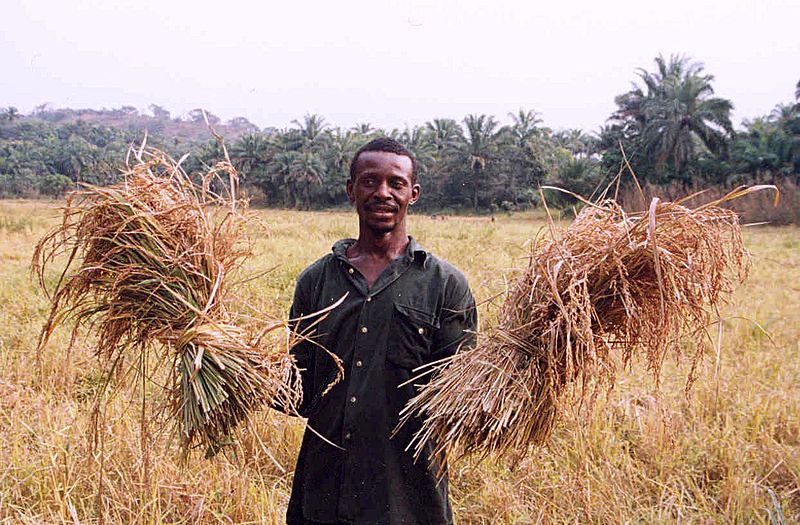
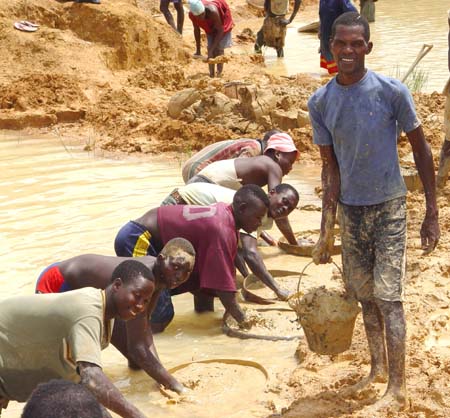
The rivers and coastal areas are fish-rich, especially herring and tuna can be found. Sierra Leone is rich in mineral resources as well. Diamonds, gold, bauxite, and rutile can be found in the ground. The term “blood diamonds” comes from the civil war in Sierra Leone. Rebels looted diamonds and sold them to make money for weapons for their gruesome civil war. For fourteen years the civil war raged. The economy has not yet been able to stabilize.
Animal Kingdom
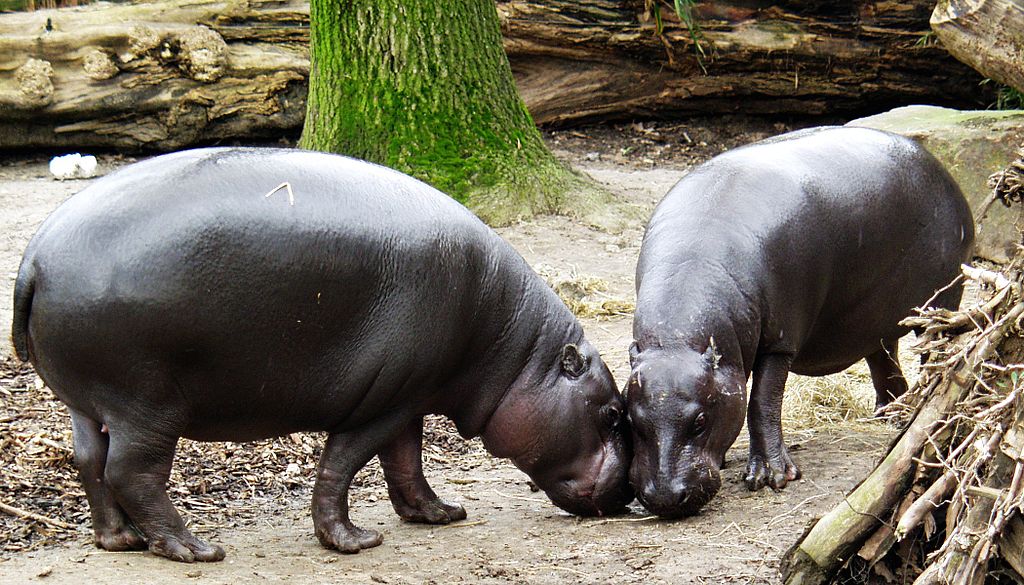 The Outamba Kilimi National Park in the north is one of the last retreats for large wildlife in West Africa. The rare Pygmy hippo lives here. With a bit of luck, you will find chimps or bongos, elephants, Cape buffalo, giraffes, and lions. Small antelope roam through the woods. The national park is a paradise for bird enthusiasts. More than 220 types of birds have been found here. During the civil war many animals were hunted down by the rebels. Many rare and protected species almost went extinct because of this. Today, the government is doing its best to protect those animals still there.
The Outamba Kilimi National Park in the north is one of the last retreats for large wildlife in West Africa. The rare Pygmy hippo lives here. With a bit of luck, you will find chimps or bongos, elephants, Cape buffalo, giraffes, and lions. Small antelope roam through the woods. The national park is a paradise for bird enthusiasts. More than 220 types of birds have been found here. During the civil war many animals were hunted down by the rebels. Many rare and protected species almost went extinct because of this. Today, the government is doing its best to protect those animals still there.
History
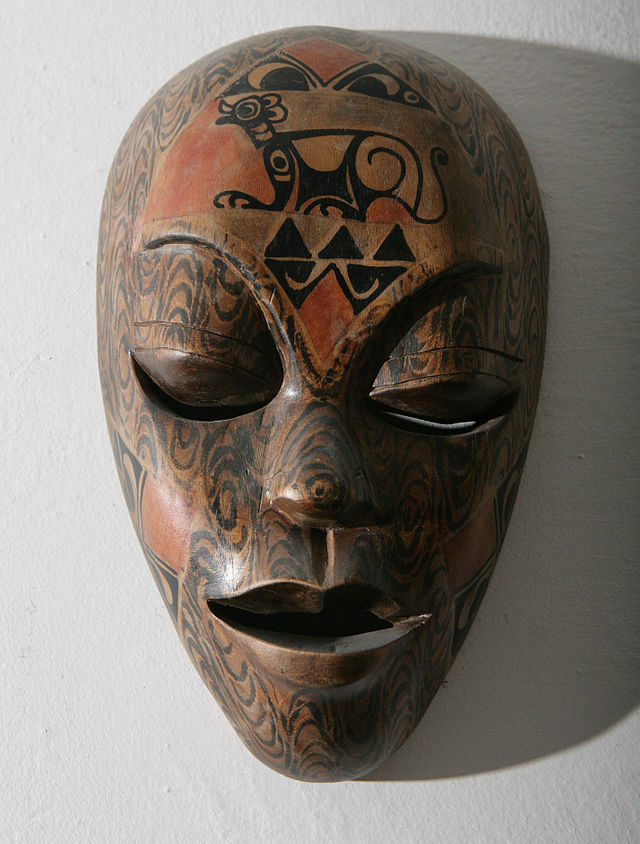 Even at the dawn of history people lived in the caves in the Lion Mountains. They were exiled by Bantus in the 15th century. Around this time the Portuguese discoverer Pedro da Cintra arrived on the coast of Serra Leone. He named the country “Lion Mountains”. Sierra Leone is connected to a second personality from Europe: The English lawyer Granville Sharp. The human rights activist was one of the founders of the abolition of slavery. He bought land in Sierra Leone to create a home for freed slaves.
Even at the dawn of history people lived in the caves in the Lion Mountains. They were exiled by Bantus in the 15th century. Around this time the Portuguese discoverer Pedro da Cintra arrived on the coast of Serra Leone. He named the country “Lion Mountains”. Sierra Leone is connected to a second personality from Europe: The English lawyer Granville Sharp. The human rights activist was one of the founders of the abolition of slavery. He bought land in Sierra Leone to create a home for freed slaves.
Sierra Leone Today

Sierra Leone is a presidential republic now. The president has a lot of power. He does not have to deal with critics. Only one party represents the government in the parliament. Nevertheless, the country is still on its way to becoming a democracy, thanks to the women who play an important role in politics here today. They will do everything to prevent the politicians from further war. They are committed to enabling a better life, more freedom, and a better education for their children.


